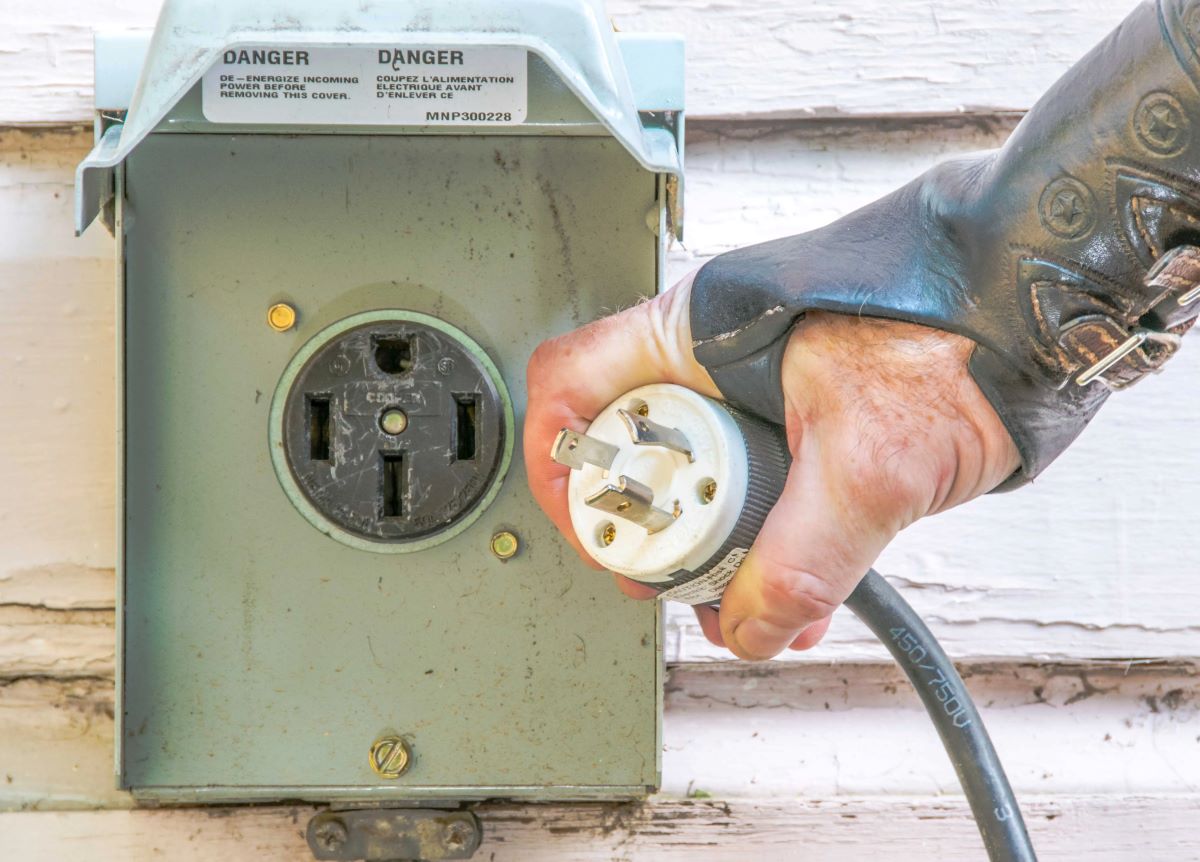

Articles
Why My Electrical Cord Doesn’t Fit My Outlet
Modified: February 29, 2024
Learn why your electrical cord doesn't fit your outlet and find helpful articles on resolving this issue.
(Many of the links in this article redirect to a specific reviewed product. Your purchase of these products through affiliate links helps to generate commission for Storables.com, at no extra cost. Learn more)
Introduction
Have you ever tried to plug in an electrical cord, only to find that it doesn’t fit into the outlet? It can be frustrating and confusing, especially if you’ve never encountered this issue before. But don’t worry, you’re not alone. Many people have experienced compatibility problems between their electrical cords and outlets. In this article, we’ll explore the reasons behind this issue and provide solutions to help you overcome it.
Understanding the compatibility between electrical cords and outlets is essential for ensuring the safe and efficient use of electrical devices in your home or workplace. Cords and outlets come in various types, each designed for specific purposes, and it’s important to match them correctly to avoid any potential hazards.
So, why doesn’t your electrical cord fit your outlet? To answer this question, let’s first dive into the different types of electrical outlets and cords available in the market.
Key Takeaways:
- Ensure safety and efficiency by matching the correct electrical cord to the outlet. Use adapters, upgrade outlets, and inspect cords to overcome compatibility issues and create a secure electrical system.
- Understanding plug types, voltage requirements, and grounding configurations is essential for safe and reliable electrical connections. Choose the right cord, upgrade outlets, and inspect cords to ensure compatibility and prevent hazards.
Read more: Why Doesnt My AC Work In My Car
Understanding Electrical Outlets and Cords
Electrical outlets are the connection points where you plug in your electrical devices to access electricity. They provide the necessary power for appliances, electronics, and other electrical equipment to function. On the other hand, electrical cords are the flexible cables that transmit electricity from the outlet to your devices.
Electrical outlets come in different shapes, sizes, and configurations, depending on factors such as the country or region, the voltage used, and the specific electrical standards in place. The most common type of electrical outlet is the two-pronged socket, commonly found in older buildings. This type of outlet doesn’t have a grounding terminal and is suitable for devices that don’t require a ground connection.
In recent years, the three-pronged grounded outlets have become the standard in most modern buildings. These outlets feature two vertical slots and a grounding hole, designed to provide an additional safety measure by preventing electrical shocks. Appliances and devices that have three-pronged plugs should be used with grounded outlets to ensure proper electrical grounding.
Electrical cords, also known as power cords or extension cords, are available in various lengths and configurations. They typically have a plug on one end that fits into the outlet, and a socket or connectors on the other end where you can connect your devices. Cords can have two or three prongs, depending on whether they require grounding.
Now that we have a basic understanding of electrical outlets and cords, let’s explore the different types and variations you might encounter.
Types of Electrical Outlets
Electrical outlets can vary greatly depending on factors such as geographical location, voltage requirements, and local electrical codes. Here are some of the most common types of electrical outlets:
- NEMA 1-15: This type of outlet, commonly found in North America, features two vertical slots, known as “Type A” or “Type B” outlets. Type B outlets include a grounding slot for added safety. These outlets typically supply a voltage of 120 volts.
- NEMA 5-15: Another common outlet in North America, the NEMA 5-15 outlet is also known as a “standard” or “Edison” outlet. It features two vertical slots and a grounding hole, allowing for the use of three-pronged plugs. These outlets provide 120 volts of electricity.
- NEMA 6-15: This outlet is similar to the NEMA 5-15, but it provides a higher voltage of 240 volts. It is commonly used for appliances that require more power, such as air conditioners, electric heaters, and large kitchen appliances.
- BS 1363: Commonly used in the United Kingdom and several other countries, the BS 1363 outlet features three rectangular slots and is known for its built-in shutter system for child protection. It supplies a voltage of 230 volts.
- Schuko: This outlet, used in many European countries, features two round pins and a grounding socket. It provides a voltage of 230 volts and is designed for compatibility with a wide range of appliances and devices.
- IEC 60906: Commonly used in Brazil, the IEC 60906 outlets have a unique configuration. They feature three round pins, set at angles, and are designed to carry a voltage of 127 or 220 volts.
These are just a few examples of the wide range of electrical outlets found worldwide. It’s important to familiarize yourself with the specific outlets used in your region to ensure proper compatibility with your electrical cords and devices.
Types of Electrical Cords
Electrical cords, also known as power cords or extension cords, are available in various types to accommodate different devices and power requirements. Here are some of the most common types of electrical cords:
- Standard Power Cord: This is the most common type of electrical cord, featuring a plug on one end and a socket or connector on the other. It is used to provide power to a wide range of devices such as lamps, computers, and home appliances. Standard power cords come in various lengths and typically have two or three prongs.
- Extension Cord: An extension cord is a longer power cord designed to extend the reach of an electrical device. It features multiple sockets or connectors along its length, allowing you to connect multiple devices simultaneously. Extension cords are useful in situations where the regular power cord is too short to reach the outlet. However, it’s important to use extension cords responsibly and avoid overloading them with too many devices, as this can create a fire hazard.
- Outdoor Extension Cord: As the name suggests, outdoor extension cords are specifically designed for outdoor use. They are made with weather-resistant materials to withstand exposure to rain, sunlight, and extreme temperatures. Outdoor extension cords typically have thicker insulation and a higher amp rating to handle the demands of power tools, outdoor lighting, and other outdoor electrical devices.
- Heavy-Duty Power Cord: Heavy-duty power cords are built to handle high-power devices and equipment. They are designed with thicker gauge wires and more durable materials to withstand heavy loads and frequent use. Heavy-duty power cords are commonly used in industrial settings, construction sites, and workshops.
- Appliance Cord: Appliance cords are specifically designed to power large appliances such as refrigerators, washing machines, and air conditioners. These cords often have a unique configuration to fit into a specialized outlet found on the appliance itself.
- Coiled Cord: Coiled cords are flexible, retractable cords commonly used in applications where a shorter length is desired. They are often found in tools, headphones, and certain types of electronics, providing convenience and reducing clutter.
When choosing an electrical cord, it is essential to consider the power requirements of your device, the length needed, and any specific features required for the application. Using the right type of cord ensures optimal performance, safety, and compatibility with your outlet.
Check if the cord and outlet are compatible (e.g. 3-prong vs 2-prong). Ensure the outlet is not damaged or the wrong type. Consider using an adapter or consulting an electrician for a safe solution.
Common Issues with Cord and Outlet Compatibility
While electrical cords and outlets are designed to work together seamlessly, there can sometimes be compatibility issues that arise. Here are some common problems that you may encounter:
- Incompatible Plug Types: One of the primary compatibility issues is when the plug on your electrical cord doesn’t match the outlet. For example, if you have a cord with a European Schuko plug and try to plug it into a North American NEMA outlet, they won’t fit together. This issue can occur when using devices purchased from different regions or when traveling internationally.
- Incorrect Voltage: Another common problem is using a cord with incorrect voltage for the outlet. Different countries and regions have different voltage standards, which can be either 110-120 volts or 220-240 volts. If you try to connect a device with a cord designed for one voltage to an outlet with a different voltage, it can cause damage to the device or even pose a safety risk.
- Grounding Issues: The grounding configuration can also cause compatibility problems. If you have a device with a three-pronged plug designed for a grounded outlet and you try to plug it into an ungrounded outlet, it won’t fit properly. Similarly, trying to plug a two-pronged cord into a grounded outlet may not make a secure connection, resulting in a loose or unstable connection.
- Outlet Damage or Wear: Over time, electrical outlets can become worn or damaged, making it difficult for cords to fit properly. Loose connections, bent pins, or corroded terminals can prevent a secure and reliable connection between the cord and the outlet.
- Poor Cord Quality: Low-quality or damaged cords can also cause compatibility issues. If the plug or connectors on the cord are loose, bent, or damaged, they may not make a proper connection with the outlet, resulting in a loose or intermittent electrical connection.
It’s important to address these compatibility issues to ensure the safe and efficient use of electrical devices. In the next section, we’ll explore some solutions to help overcome cord and outlet compatibility problems.
Solutions for Electrical Cord and Outlet Compatibility Issues
If you’re experiencing compatibility issues between your electrical cord and outlet, there are several solutions available to help overcome these problems:
- Adapters and Converters: One of the simplest solutions to cord and outlet compatibility issues is to use an adapter or converter. These devices allow you to connect cords with incompatible plugs to outlets with different configurations. For example, if you have a cord with a European Schuko plug and want to use it with a NEMA outlet, you can use a Schuko to NEMA adapter to make the connection. Just ensure that the adapter or converter is appropriate for the voltage and power requirements of your devices.
- Use the Correct Cord: To ensure proper compatibility, always use the correct type of cord for your device and the outlet. If you’re unsure about the plug type or voltage requirements, consult the manufacturer’s specifications or seek professional advice. Using the correct cord eliminates the need for adapters and minimizes the risk of electrical hazards.
- Upgrade Outlets: If you frequently encounter compatibility issues, consider upgrading your outlets to accommodate devices with different plug types. For example, you can install a duplex outlet that combines different plug configurations, such as a NEMA 5-15 socket and USB charging ports. Upgrading outlets can increase their versatility and better meet your charging and power needs.
- Repair or Replace Damaged Outlets: If your outlets are damaged or worn, it’s essential to repair or replace them. Loose connections, bent pins, or corroded terminals can prevent proper cord connection and potentially lead to electrical issues. If you’re not comfortable handling electrical work, consult a qualified electrician to repair or replace the outlets for you.
- Inspect and Replace Damaged Cords: Inspect your cords regularly for any signs of wear, damage, or loose connections. If you notice any issues, such as frayed wires or cracked insulation, it’s crucial to replace the cord to prevent electrical hazards. It’s also important to purchase high-quality cords from reputable manufacturers to ensure their reliability and longevity.
By implementing these solutions, you can overcome compatibility issues between your electrical cords and outlets, ensuring a safe and efficient electrical connection for your devices.
Conclusion
Understanding the compatibility between electrical cords and outlets is crucial for a safe and efficient electrical system. Compatibility issues can arise due to various factors such as plug types, voltage differences, grounding configurations, outlet damage, or poor cord quality. However, there are several solutions available to overcome these problems.
Using adapters or converters can help connect cords with incompatible plugs to different outlet configurations. However, it’s important to ensure that the adapter or converter is suitable for the voltage and power requirements of your devices.
Choosing the correct cord for your device and outlet eliminates the need for adapters and minimizes the risk of electrical hazards. It’s essential to consult the manufacturer’s specifications or seek professional advice if you’re unsure about the plug type or voltage requirements.
Upgrading outlets to accommodate different plug types can enhance versatility and convenience. Repairing or replacing damaged outlets is crucial to ensure a secure and reliable connection between cords and outlets.
Regularly inspecting and replacing damaged cords is important to prevent electrical hazards. Purchasing high-quality cords from reputable manufacturers ensures their reliability and longevity.
By following these solutions, you can overcome compatibility issues and create a safe and efficient electrical system. Remember to prioritize safety, consult professionals when needed, and stay informed about the specific requirements and standards in your region.
With a clear understanding of cord and outlet compatibility, you can confidently connect your electrical devices and enjoy their reliable and efficient operation.
Frequently Asked Questions about Why My Electrical Cord Doesn't Fit My Outlet
Was this page helpful?
At Storables.com, we guarantee accurate and reliable information. Our content, validated by Expert Board Contributors, is crafted following stringent Editorial Policies. We're committed to providing you with well-researched, expert-backed insights for all your informational needs.
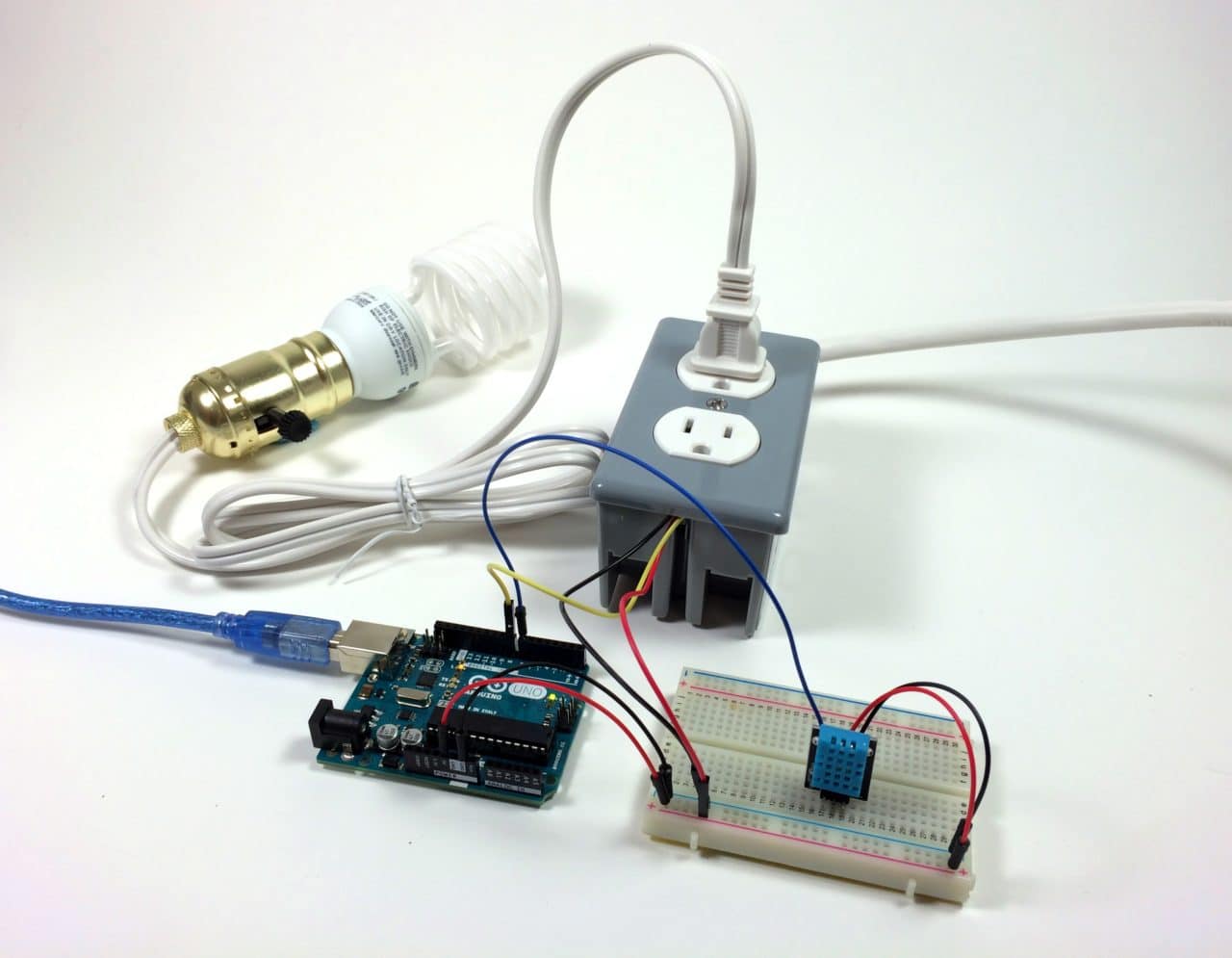
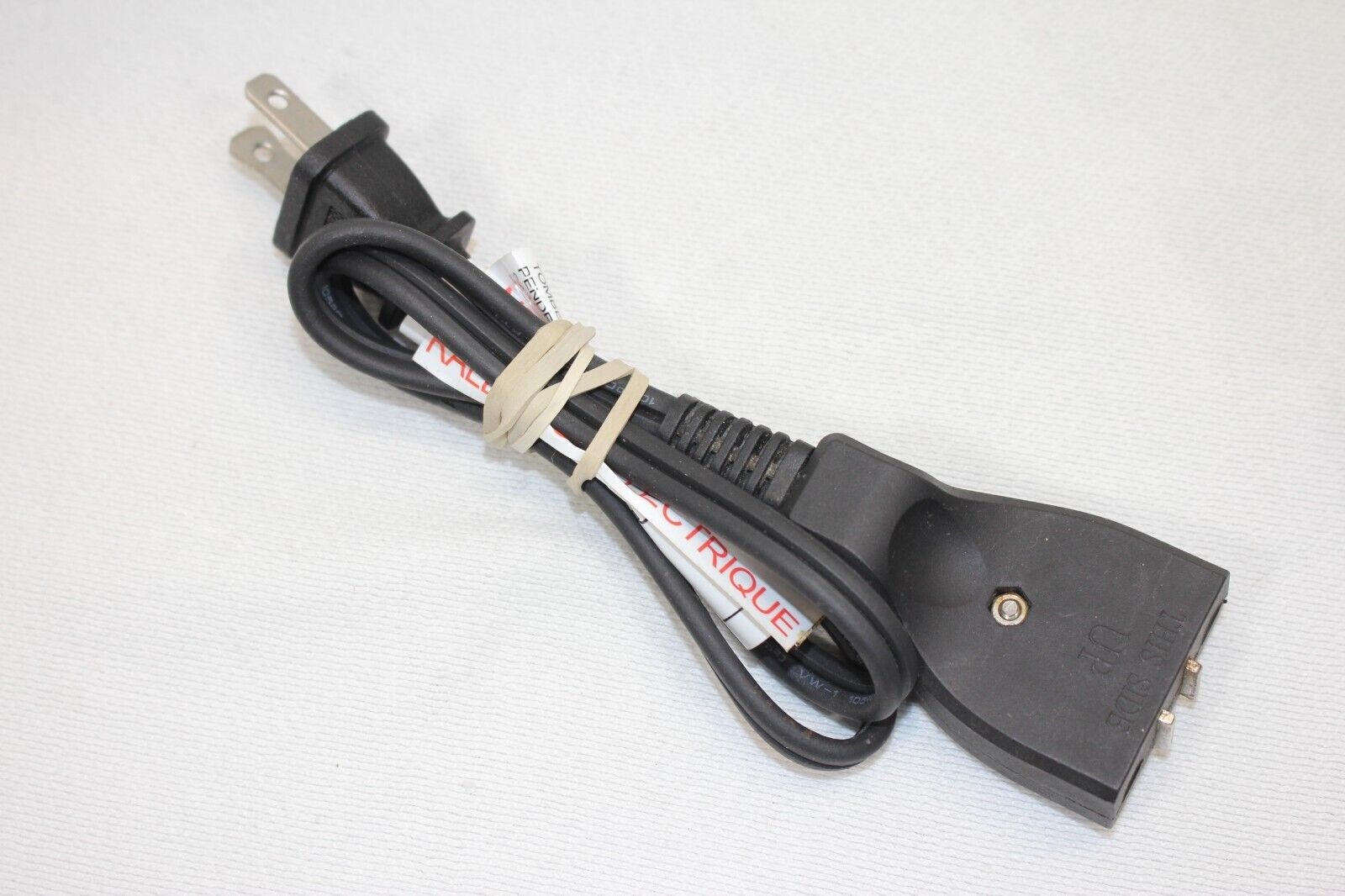
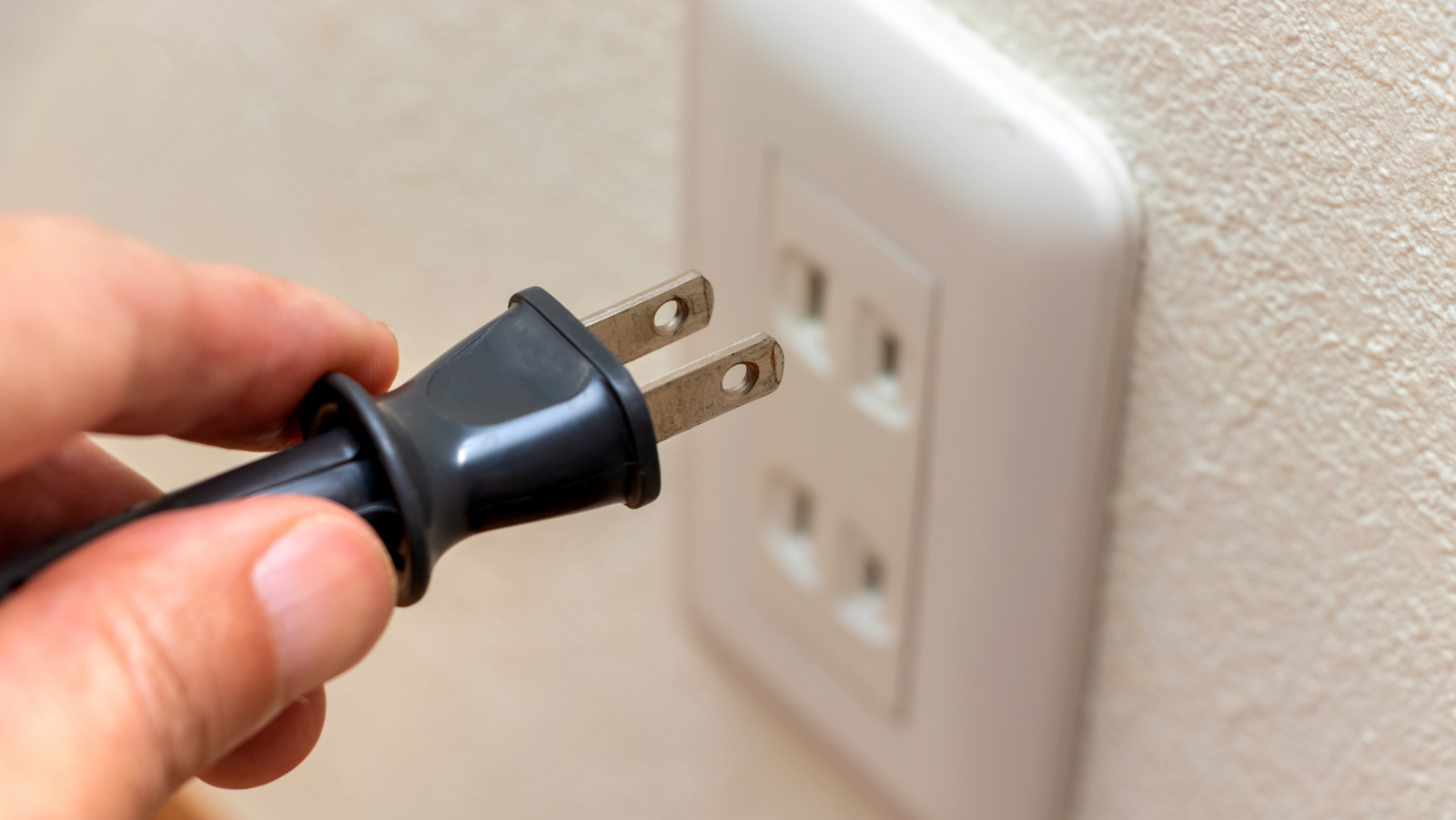
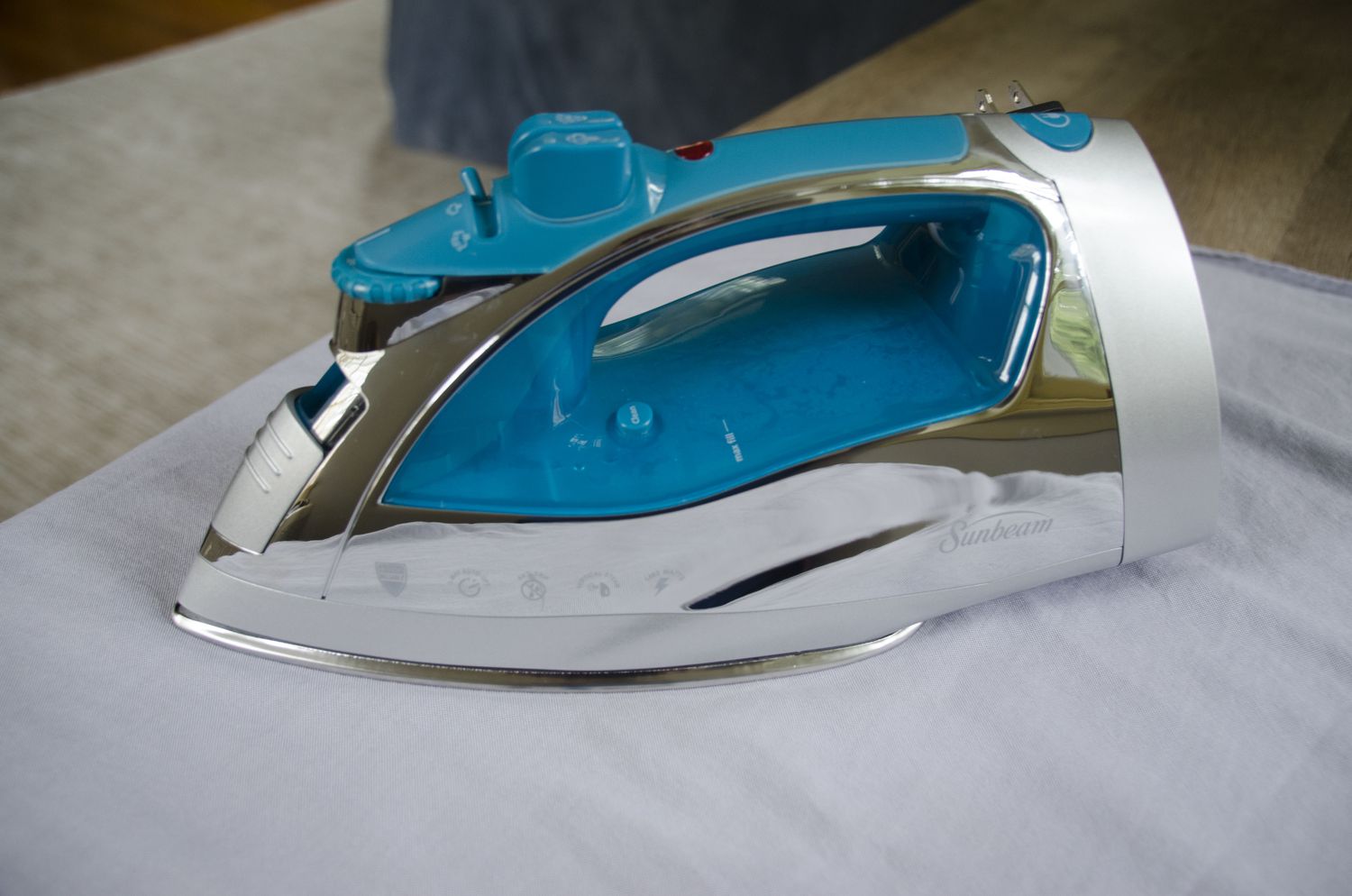
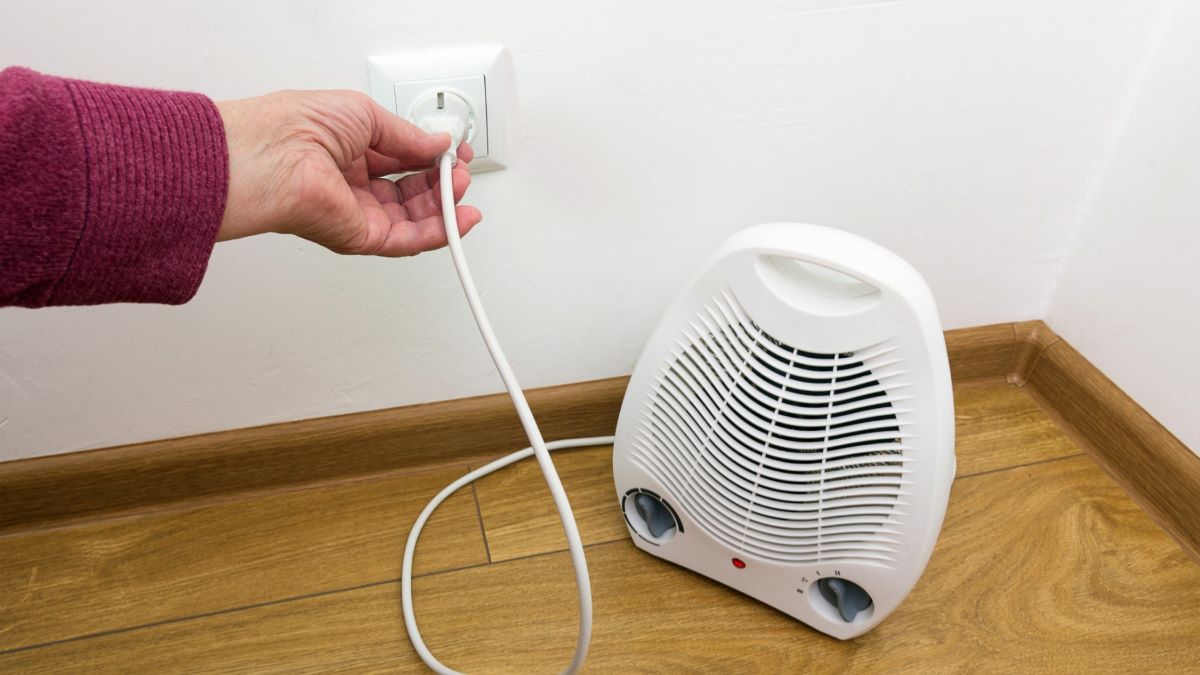

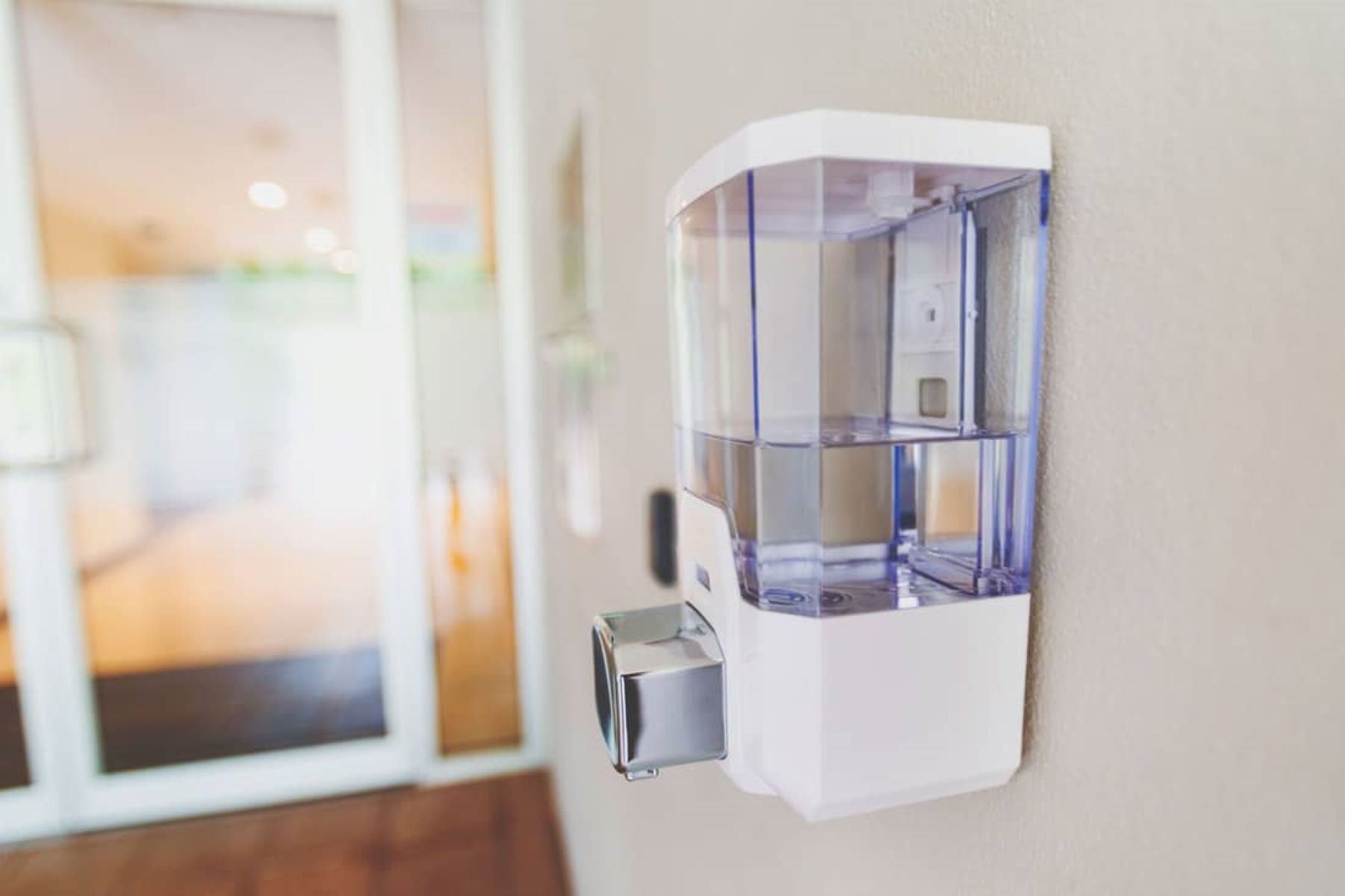
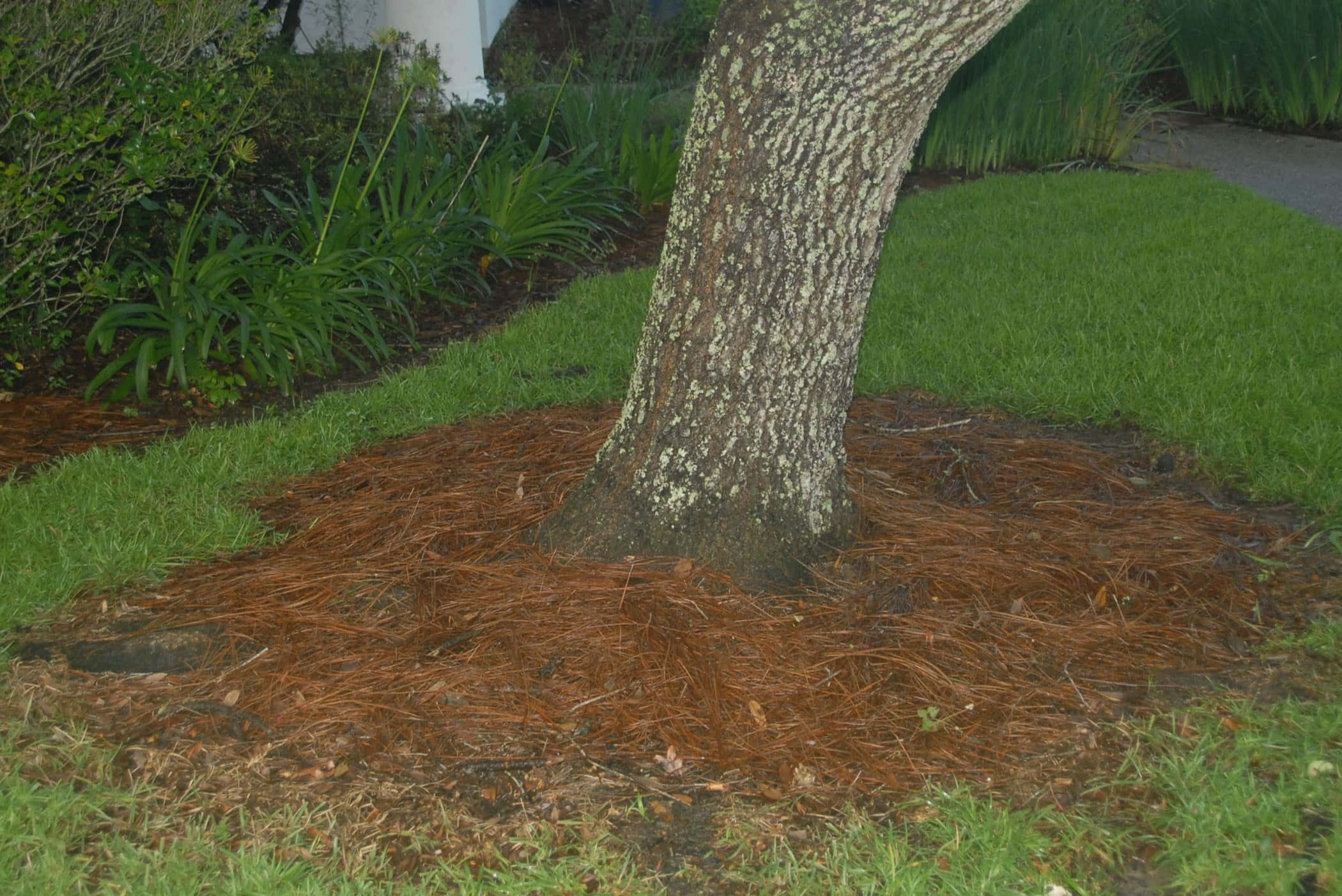
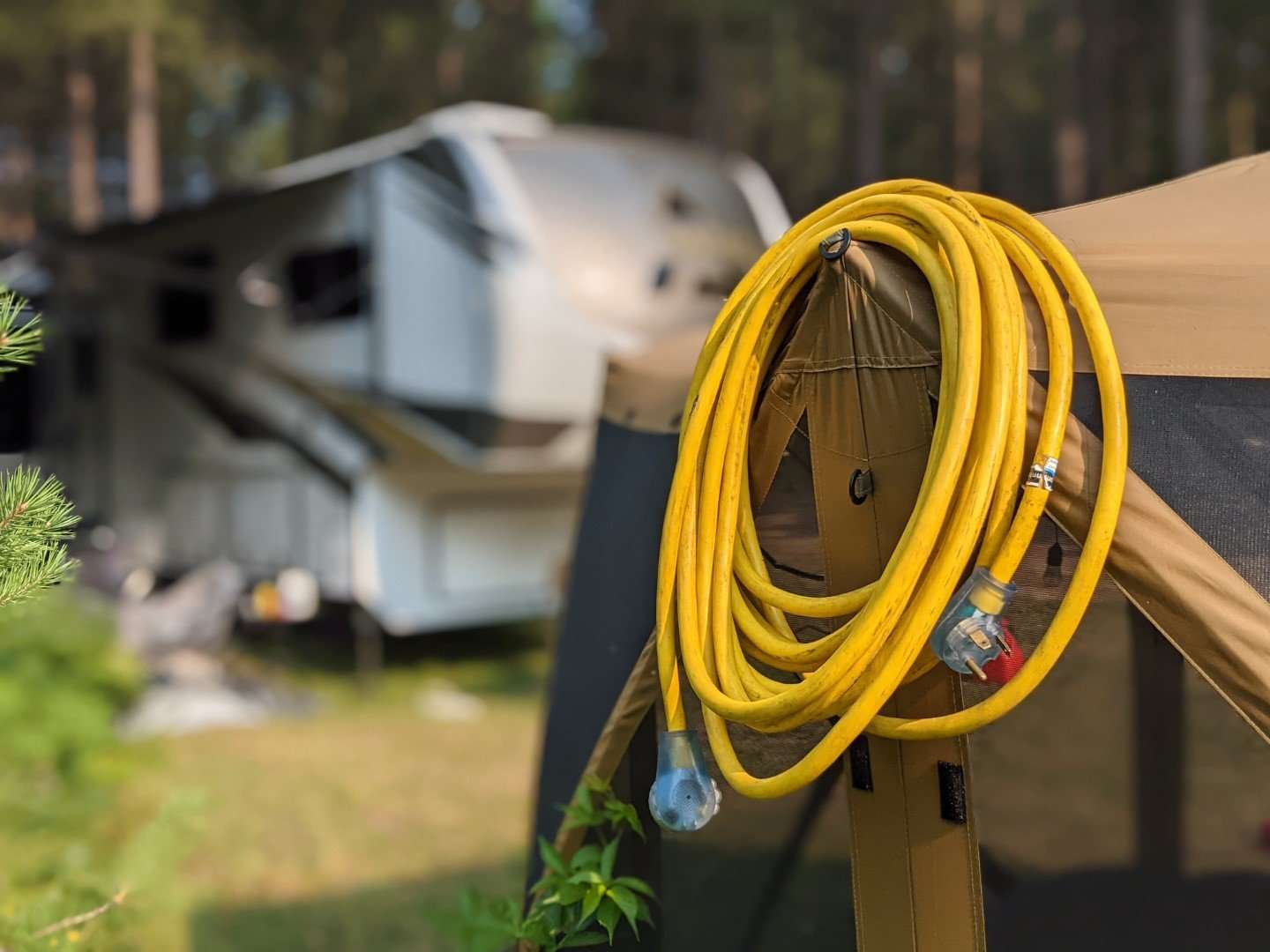
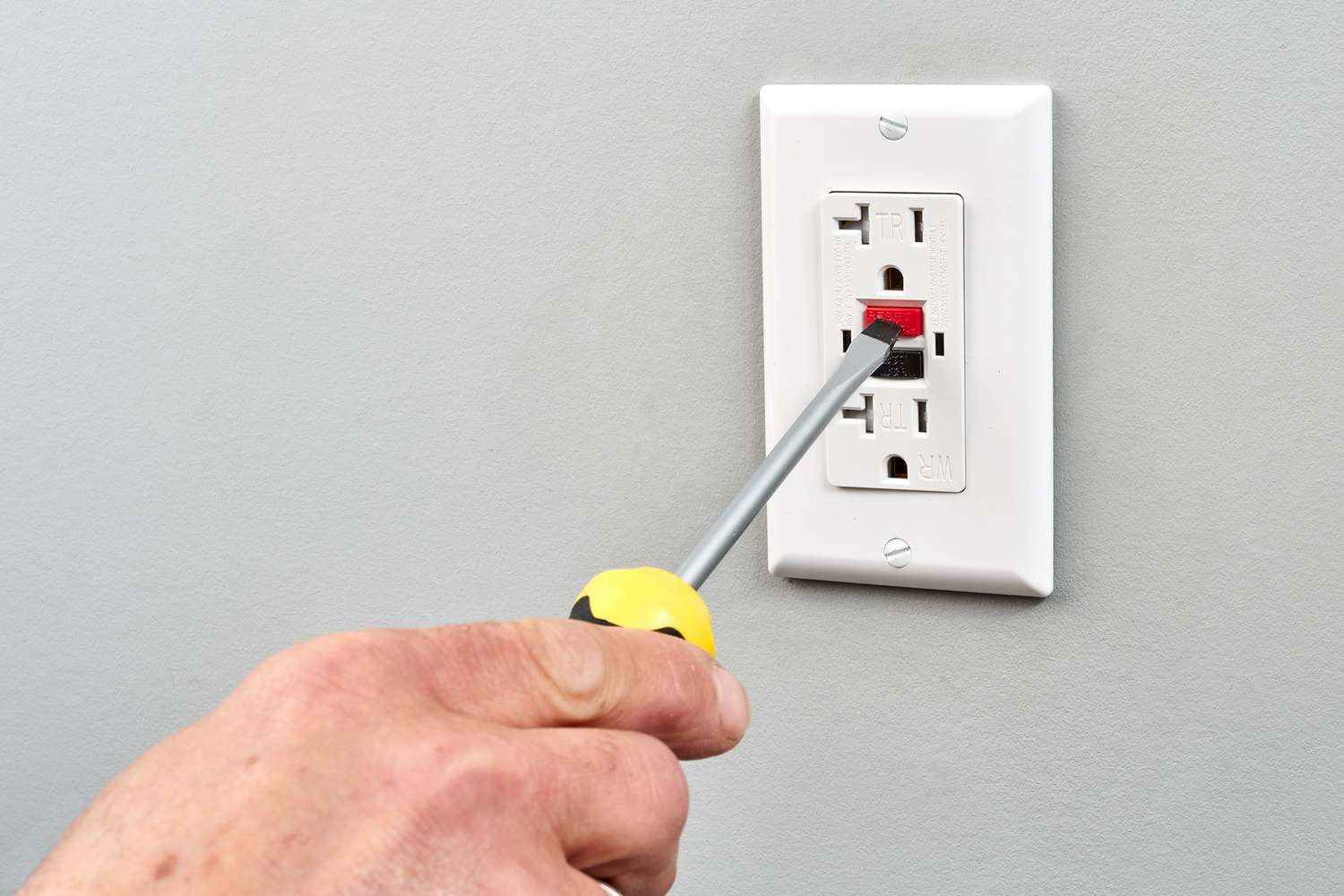
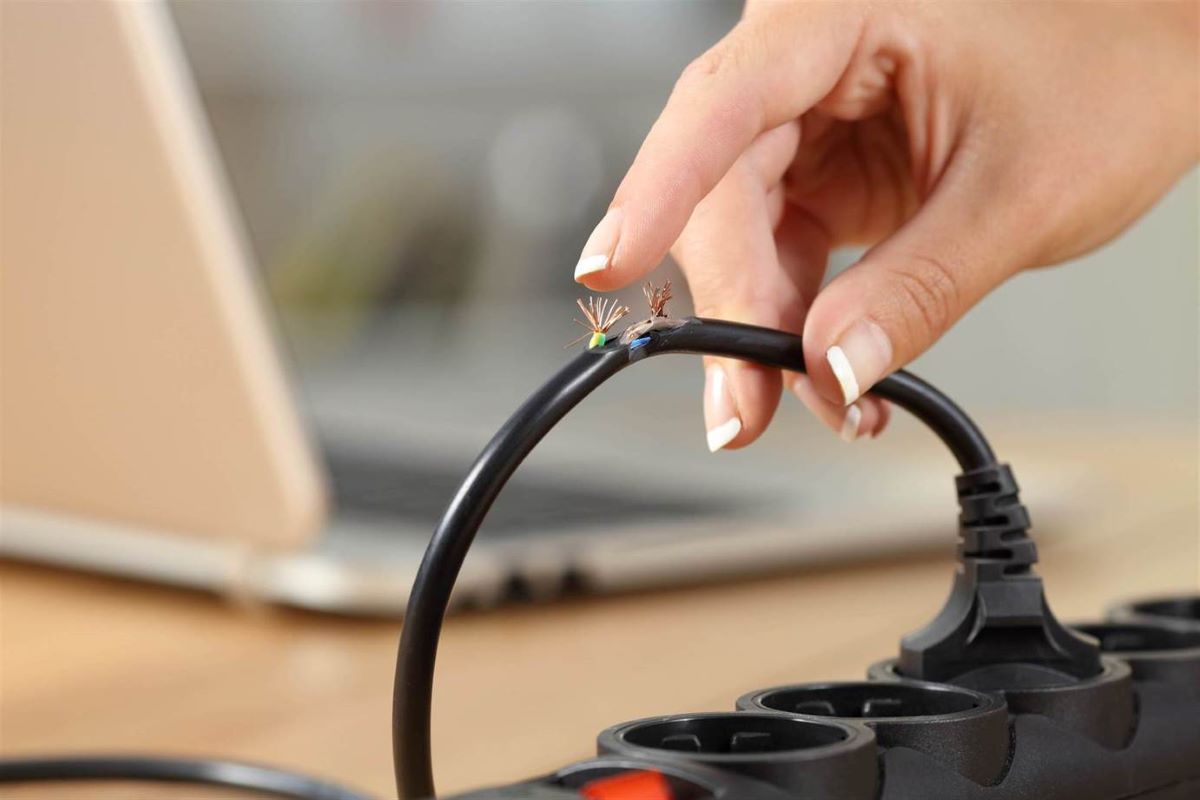
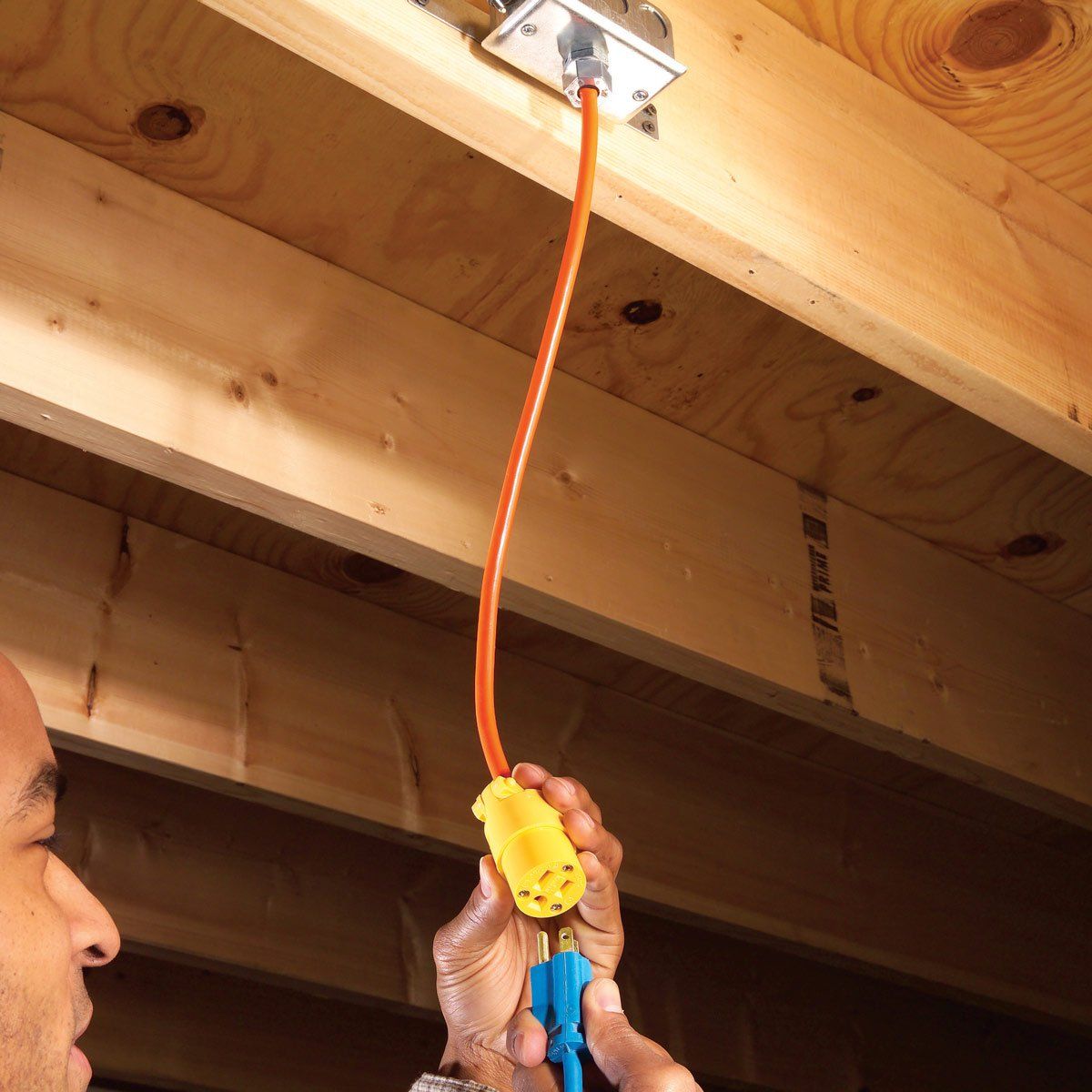
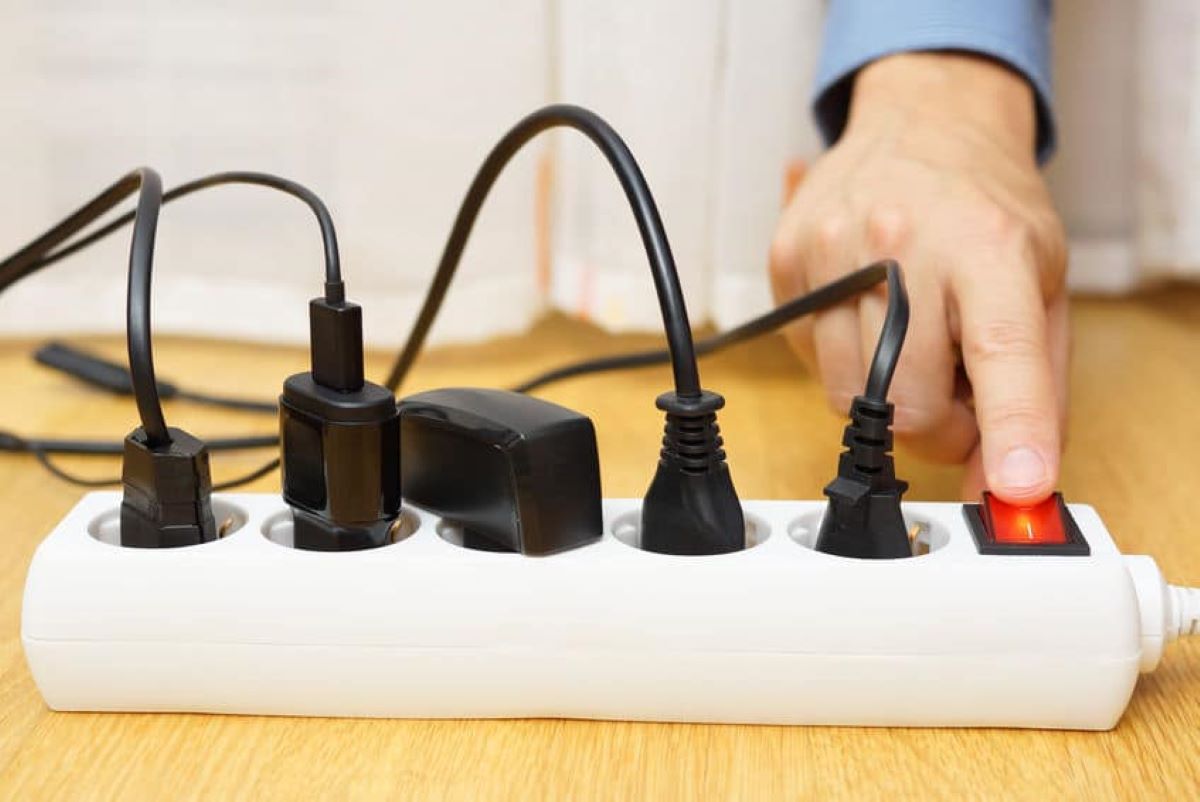
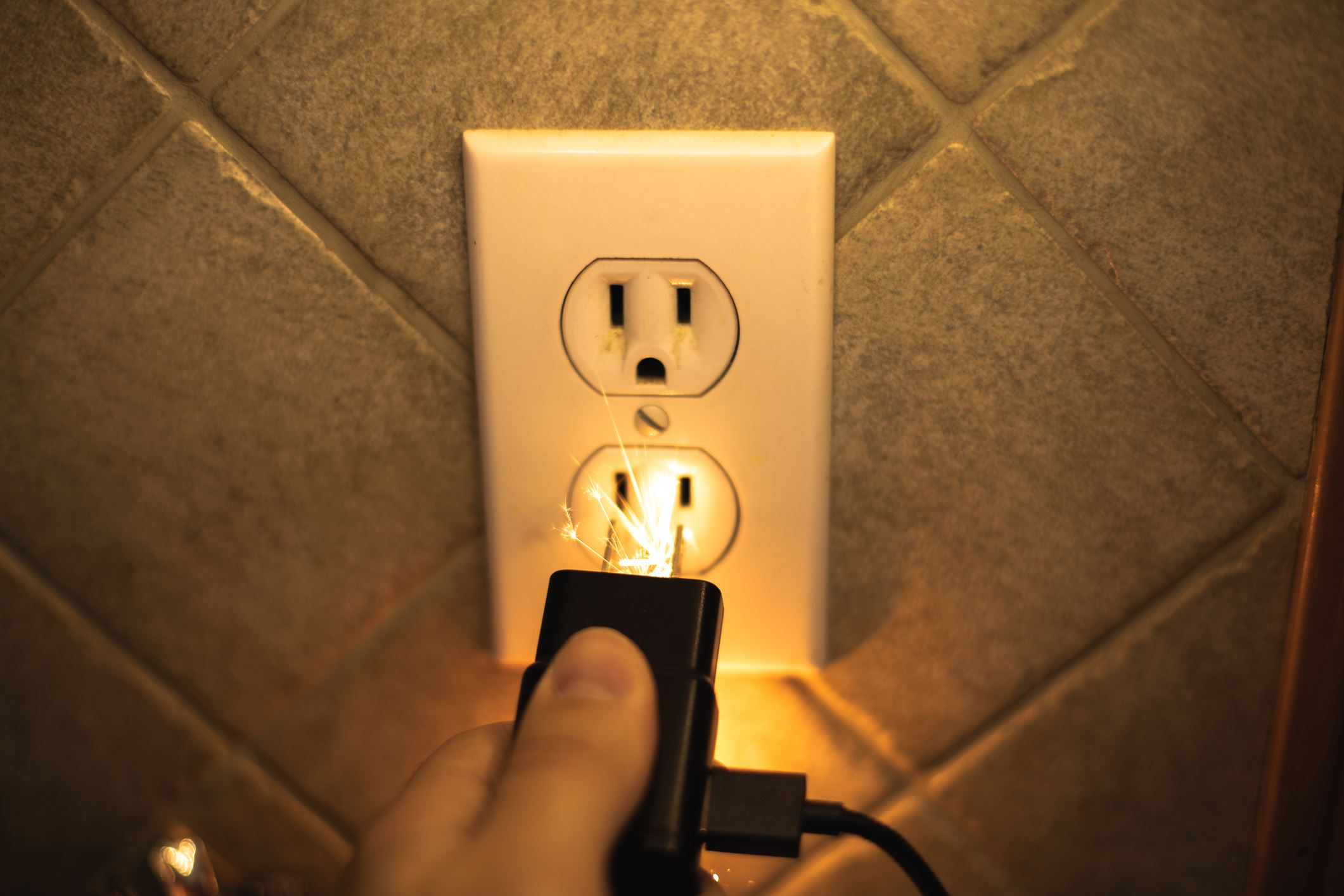

0 thoughts on “Why My Electrical Cord Doesn’t Fit My Outlet”